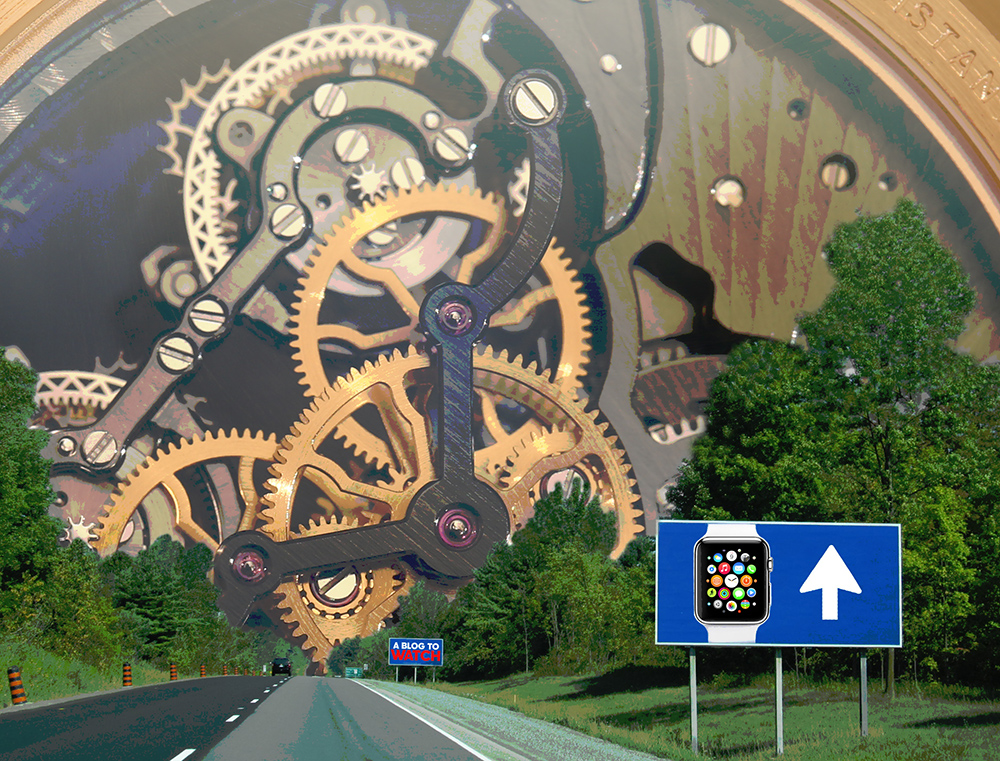
A principle fear of watch lovers is that the advent of smartwatches and their eventual dominance might finally render traditional mechanical watches, once and for all, extinct. I will admit that this conclusion, albeit reactionary and often difficult to articulate, can be logically argued based upon known facts and trends. With that said, I suggest to you that smartwatches will create a fertile market for increased watch demand that will invariably be beneficial for the industry of refined crafts we know and love. That means I think that the dominance of smartwatches will solidify a longer future for the traditional watch industry. I have touched upon this point before, but do so again here in greater detail as a full dedicated article.
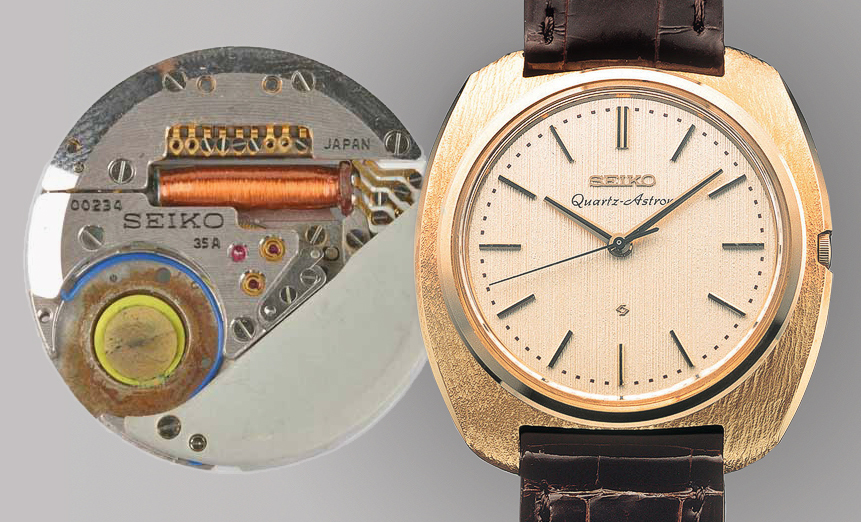
Some feel the current “threat” from smartwatches is akin to the “quartz crisis” that almost destroyed (but didn’t!) the mechanical watch industry – and there are undoubtedly some parallels worth considering. In retrospect, the quartz crisis (or “quartz revolution,” depending on your point of view) was, similarly, a period where wrist watches as a category were impacted by outside technology that appeared to replace it. In the late 1960s, quartz watches were debuted in then very expensive watches such as the Seiko Astron.
This was less than a decade after tuning fork “electric” watches were a new and also pricey trend for those wanting to free themselves of having to wind a watch. Batteries were exciting because they removed the need to constantly wind a watch (automatic movements at first were also uncommon, exotic, and expensive). Most people throughout the 20th century had manually wound watches, and to have a battery that could last for several months seemed like an upgrade from having to remember to wind their watch and the daily “chore” of doing so.
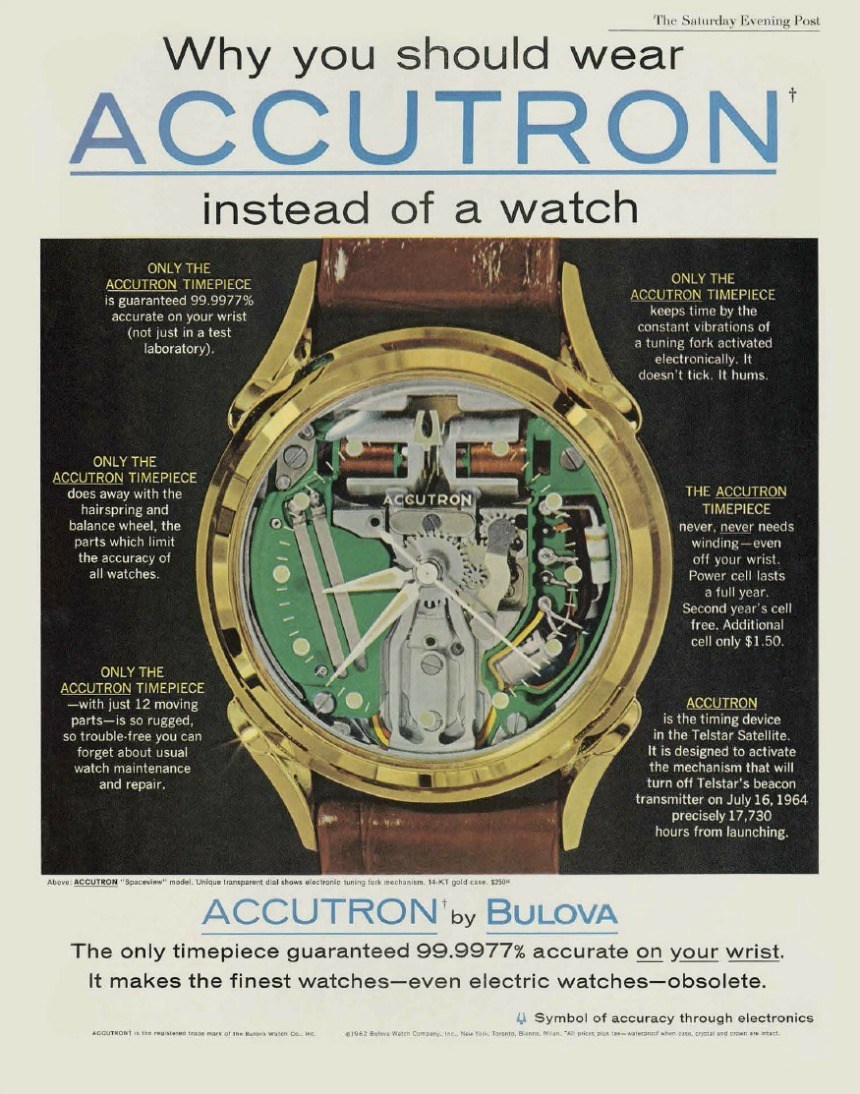
Turning fork watches did bring the promise of much improved accuracy, but people were still used to regularly resetting the time to local reference clocks such as those on public streets. It took years for people to both notice and trust their wristwatches as being a good reference time. But they still compared their watches to clocks quite often. Anyhow, after a short period of having turning fork watches, an accuracy- and durability-obsessed public was excited enough about quartz watches that the post World War II Japan saw them as a great thing to mass produce in order to help fund their hungry need to rebuild so much of their society.
With a huge production capacity, Japan and later China would help bring down the cost of the quartz wrist watch to mere dollars. Now anyone could have the near exact time on their wrist plus incredible durability (compared to a mechanical watch) for the same price as a nice dinner. That was the early 1980s, and it didn’t have long to last even though during this phase Switzerland did manage to crank out the fashion-friendly Swatch brand around 1985.
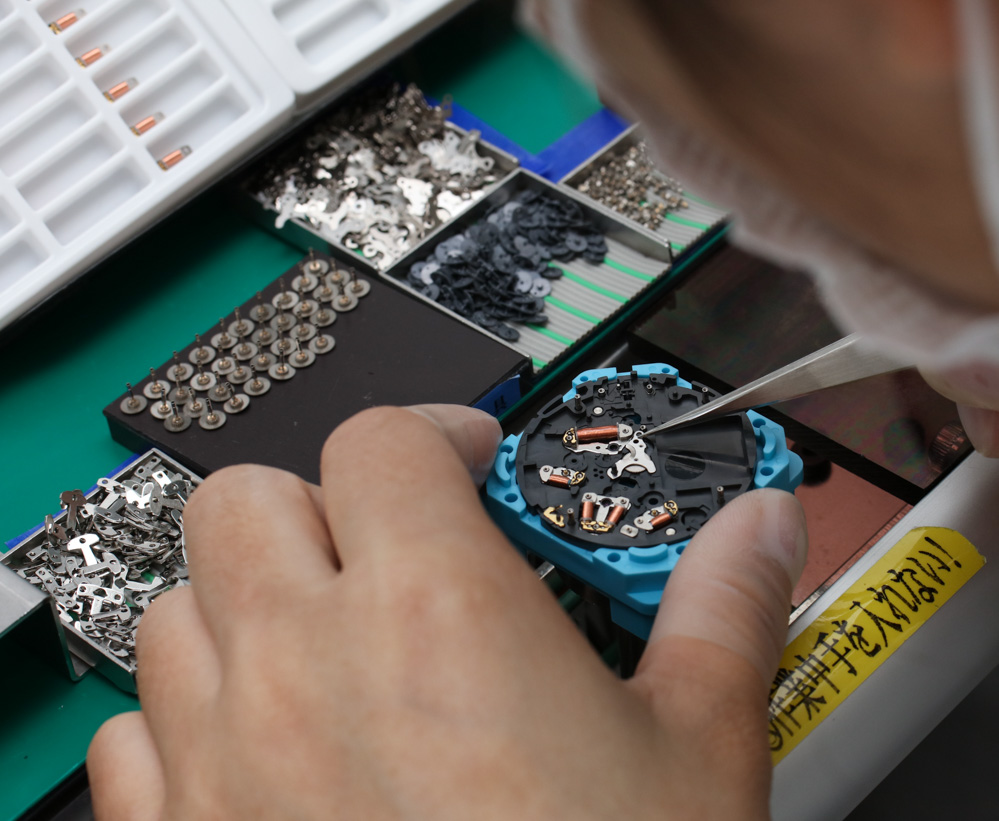
Swatch would go on to help jump start the modern luxury watch industry that would later grow to acquire the historically significant timekeeper Omega, and the ultra prestigious brand for collectors Breguet. With those two companies and the volume-leader Swatch, I’m pretty sure Nicolas Hayek Sr. was more than happy with his (relatively cheap at the time) brand acquisitions. The deal later spurred the formation of TAG Heuer out of the stopwatch-maker Heuer, and led Rolex to suddenly realize that luxury watches were evolving as a status symbol and start applying their heavy profits once again back into R&D that would result in major improvements to almost all elements of their product.
Invariably, the luxury watch industry was created as a prestigious and artistic expression arm of the mainstream wristwatch market. The former was both funded and made relevant by the latter. In the same way, I believe the smartwatch market – that will replace the mainstream watch market – will create a space for luxury watches.
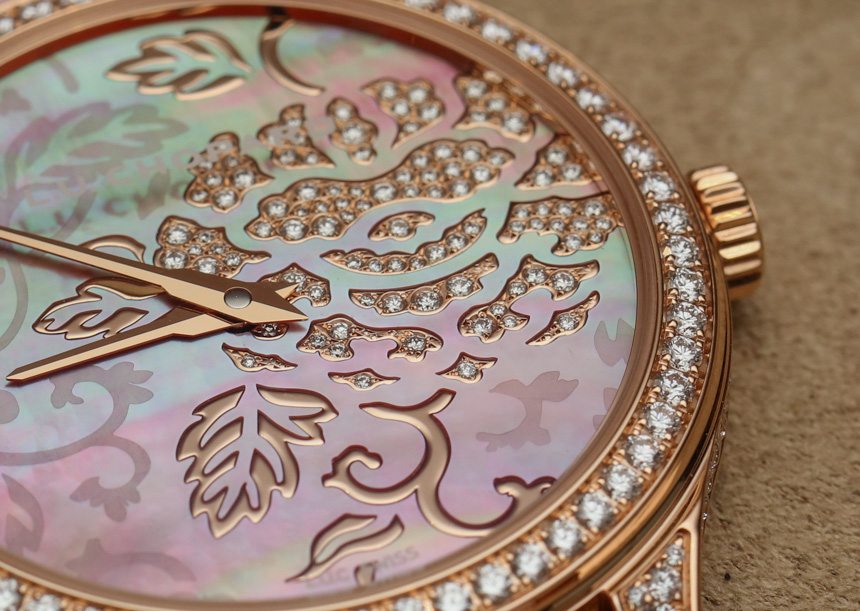

Look at today’s “craftsmanship culture,” where relatively well-off urbanites like to have “nicer” versions of the types of items everyone uses. Everyone has to wear clothes, so well-off people get noticed if their clothing is a bit better-made or fancier. Many people drive cars and at least most people travel in them regularly. That means a classier more sophisticated (or faster) ride gets noticed on roads. It’s positive attention that says someone has had the success to play around. It might not be why people got the fast car. They probably like to drive fast, which is a totally legitimate thing to like. With that said, no matter what your reason for getting a fast car, you still send a message by driving it around, and this kind of communication is an important thing to consider in understanding human behavior.
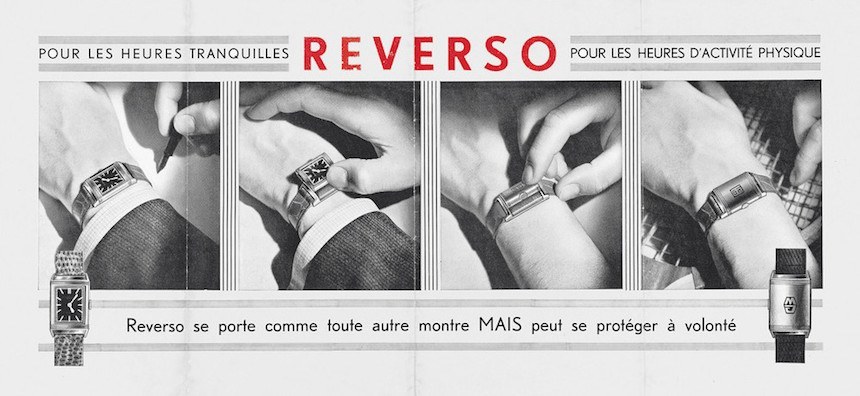

When most people wore watches in the past, it was natural to have a high-end watch culture because watches were a common item. Having a nicer one was a very easy way to communicate to someone that you have earned or inherited your wealth. Now that mainstream culture has, thanks to mobile phones, precipitously found cheaper ways of knowing the time, interest in watches overall, including both low- and high-end items, is lagging.
Today, watches are more or less worn by only three types of people – consider, again, that all types of people use smartphones. These three types of people who tend to wear watches are: first, and most obviously, the people who need them at work, ranging from nurses to Navy SEALs; then, you have collectors like me who are fascinated by ultra well-made timepieces and are willing to pay a premium for carefully made goods; and finally, you have status seekers who use watches as a means of gaining attention or sending a message. It is not often spoken about, but the hands are a part of the body used to convey certain messages and a huge amount of nonverbal communication.
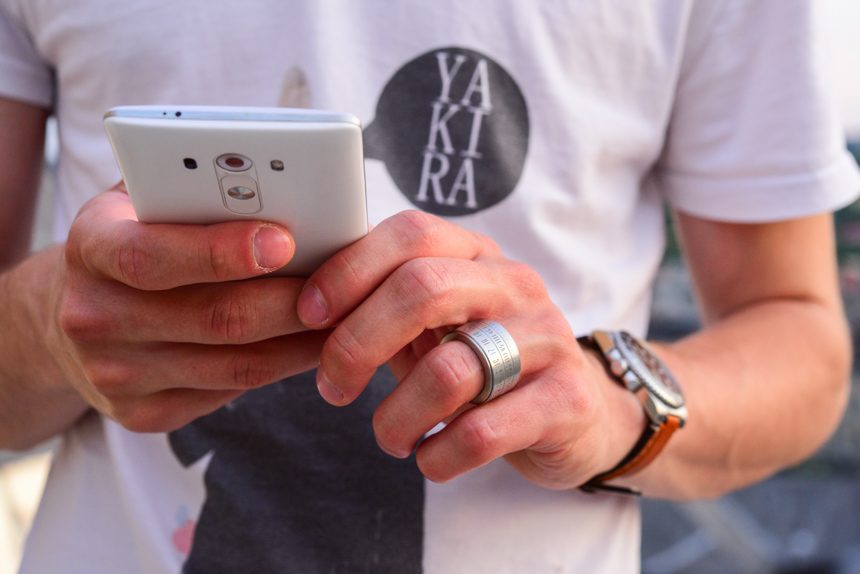
The implication is that wrists and hands are excellent places to display meaningful objects in order to communicate a message to people around you. Those areas might even get specific attention. Why do you think we wear symbols that we are married on our fingers? The eyes naturally go to people’s hands almost immediately after their faces, sometimes before.
Thus, watches are worn as status or lifestyle-indicators, by collectors with sufficient disposable income, and by professionals needing good tools at various budget levels. I think that all changes with smartwatches. That is because the mainstream once again has a reason to wear watches. And that means the status-seeking side of culture will grow as a result, if only because of the increased social attention for watches as a category. Don’t forget, as much as some stubborn watch aficionados refuse to call smartwatches “watches,” they are still watches as far as we are concerned.

